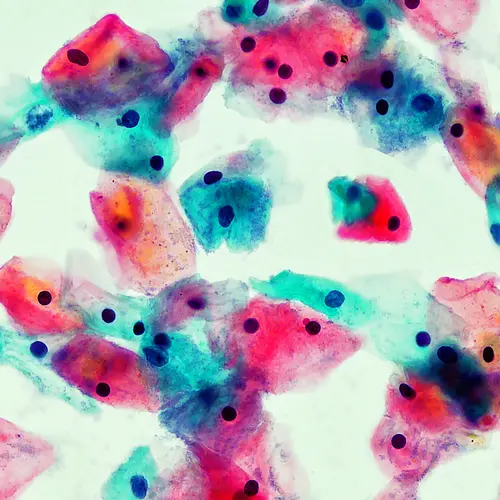This is a kind of skin cancer that affects the upper layer (epidermis) of your skin. Another name for it is squamous cell carcinoma in situ. “In situ” means the cancer “sits in” the upper layer and hasn’t spread into deeper ones.
It usually affects white adults over age 60. Men seem to get it more often than women.
Symptoms
Bowen’s disease causes reddish, sometimes brown, patches on sun-damaged skin, most often on your legs. You may also see the patches on your head, neck, palms of your hands, and soles of your feet. Sometimes they develop around the genitals.
Most people develop only one patch, but you can have several of them. They usually don’t cause any discomfort, but they may be:
- Flat
- Larger than a half-inch wide
- Scaly
- Crusty
- Oozing
- Itchy
- Sore
Patches that appear on the genitals can cause problems. In that area, Bowen’s disease may be called one of the following:
- Bowenoid papulosis: This affects both men and women and causes lesions in the genital area. They can last from 2 weeks to several years.
- Erythroplasia of Queyrat: This affects the tip of a man’s penis. It may cause ulcers as well as discharge, bleeding, itching, or pain when peeing.
- Vulvar intraepithelial neoplasia (VIN): In women, it may cause velvety, bright red patches that itch or burn. The itching can become severe.
Causes
Bowenoid papulosis is caused by HPV (human papillomavirus), which also can cause genital warts and cervical cancer. The virus is the most common sexually transmitted infection in the U.S. Sexually active people under 30 are at the highest risk for it, because it’s most often passed through skin-to-skin contact.
Scientists aren’t sure exactly what causes the other forms of Bowen’s disease. However, long-term sun exposure and aging may increase your odds of getting many skin cancers, including this one.
Poisoning with arsenic also appears to make you more likely to get this early form of skin cancer.
Diagnosis
You can’t always tell by looking at your skin if you have Bowen’s disease. Many other skin conditions can look the same.
It can be mistaken for harmless disorders -- like rashes or eczema -- as well as life-threatening ones, including melanoma. Your doctor usually has to take a sample of your skin for testing (biopsy) to confirm it.
Treatments
Bowen’s disease can spread to deeper layers of your skin. Your doctor (a dermatologist, who specializes in skin care and treatment) probably will recommend something called surgical excision. They’ll gently remove the cancerous area and about a quarter-inch beyond it.
If you have a larger patch, you may need a more detailed procedure called Mohs surgery. A thin layer of tissue is removed and looked at under a microscope. If cancer cells are seen in the outside edges of the tissue, another thin layer is removed and studied. When no cancer cells are found, the surgery is over.
Besides surgery, other treatment options are:
- Curettage and electrodessication: You’re given a shot of anesthetic to numb the area, and your doctor scrapes off the patches with a special tool. Then they’ll use high-frequency electric current to stop the bleeding. They may repeat the process if there are still cancer cells in deeper tissue.
- Fluorouracil: This is medication you put on your skin. It keeps the abnormal cells from growing and reproducing. It can cause redness, soreness, or peeling after 1 or 2 weeks, but this usually goes away within a month or two.
- Imiquimod: This is also medication you put on your skin. Doctors don’t know exactly how it works against cancer, but when it’s used to treat warts, it helps your immune system fight the virus that causes them.
- Liquid nitrogen cryosurgery: Your doctor sprays liquid nitrogen onto the affected area to freeze it. Afterward, the area will peel, blister, or scab over, depending on the amount used.
- Laser removal: Your doctor will use light energy (photons) to burn off the area.
- Photodynamic (“light”) therapy: This uses ultraviolet light rays to heal your skin. Sometimes you may put medication on your skin to make the cells more sensitive to the light.
- Radiation therapy: One type uses very tiny electrically charged particles (electrons) to target and kill cancer cells. This type of radiation enters only the upper layers of your skin, so deeper tissues and organs are safe.
If you have Bowen’s disease, you’re at a higher risk for other types of skin cancers, especially if you have a weak immune system from disease or medical treatments. You should have regular follow-ups and skin checks with your doctor.

